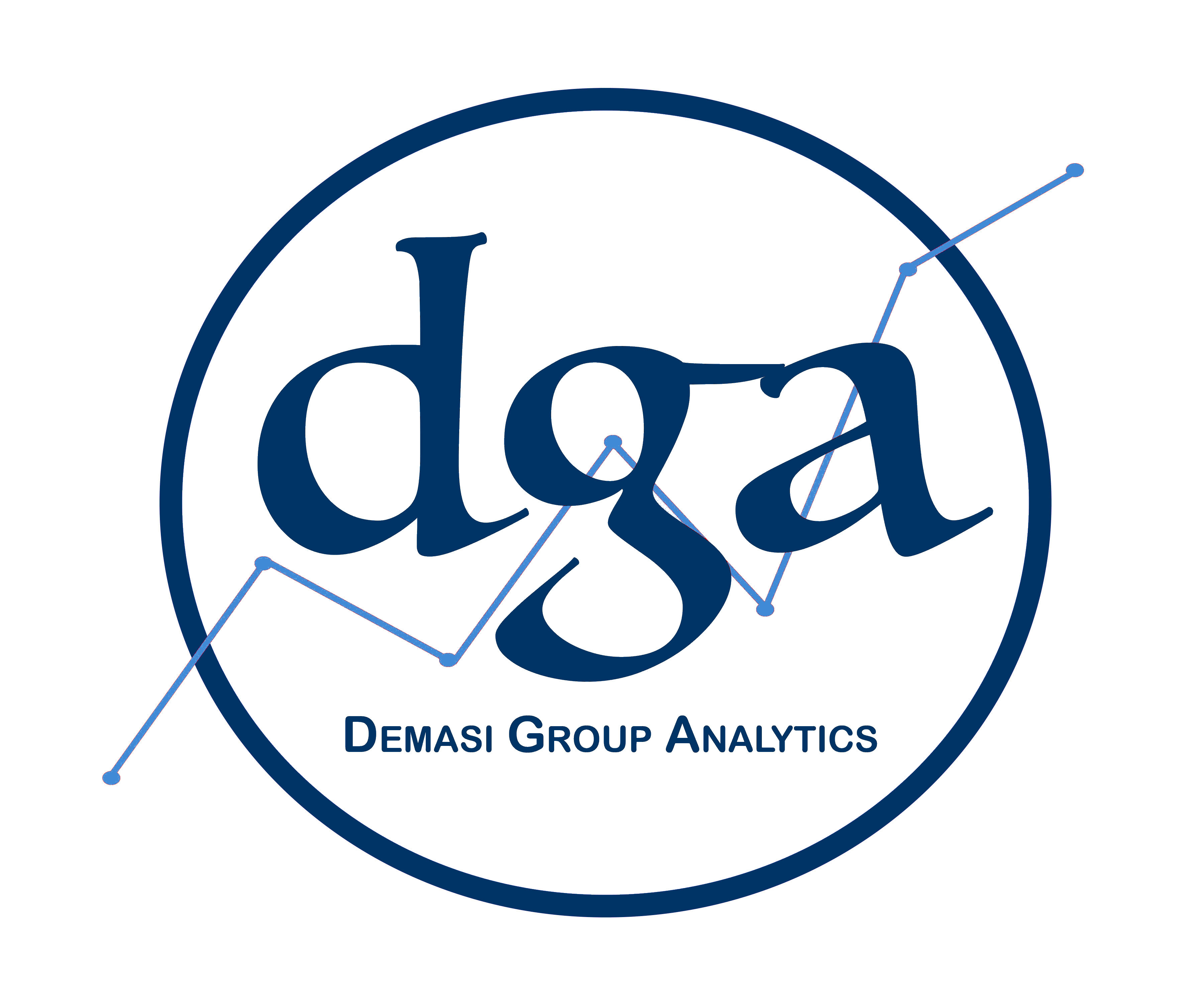 ← Back to Blog
← Back to Blog
Litigation predictive analytics is transforming how risk managers assess lawsuits. By combining case facts, subjective factors, and historical data, we can predict outcomes with greater confidence than ever before.
For years, litigation risk assessments have relied on gut feel, legal precedent, and anecdotes. While experience matters, these approaches often overlook key factors like:
Even when these factors are considered by seasoned attorneys, their personal experience may bias how the weigh the value as the case accrues. The result? Inconsistent settlements, avoidable trials, and unpredictable litigation budgets.
By aggregating case data across thousands of claims, we can spot hidden trends and build predictive models that flag:
Likelihood of a plaintiff verdict
Expected settlement ranges
Time-to-resolution estimates
Projected legal fees for a given case
Benchmarking of legal counsel performance: How does your firm compare to industry norms?
Objective evaluation of legal counsel: Are certain attorneys driving higher costs, longer timelines, or less favorable outcomes?
This isn’t guesswork — it’s actionable intelligence that helps risk managers and legal teams make faster, more informed decisions.
We’ve worked with clients across
These insights have helped our clients avoid seven-figure settlements, reduce time-to-settlement, and make better early resolution decisions.
Litigation outcomes may never be fully predictable — but with the right data, you can gain a clearer picture of risk than ever before.
By blending objective factors like venue and alleged failures with subjective insights like evidence quality and witness posture, analytics can help risk managers navigate complex cases with greater confidence.